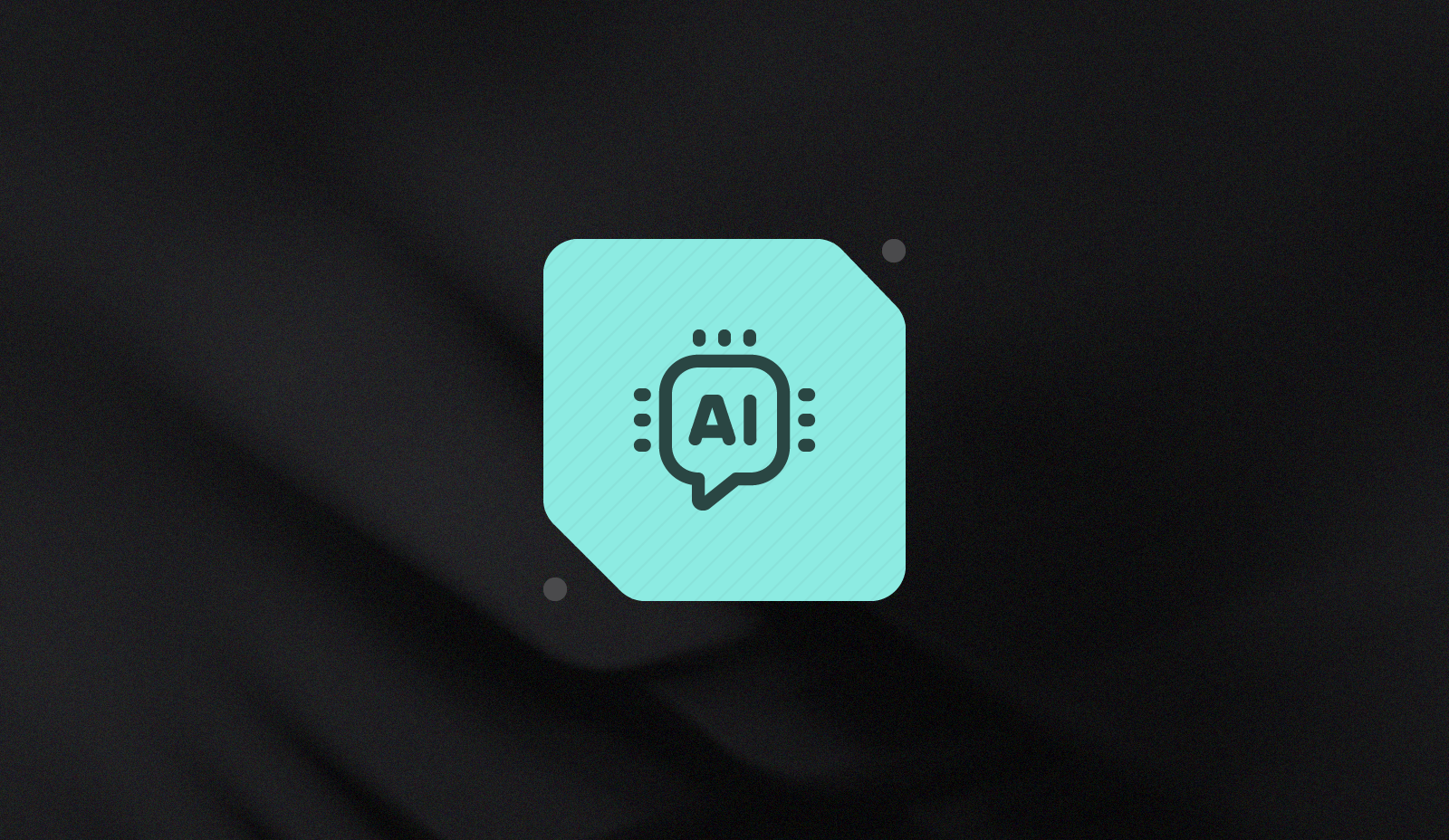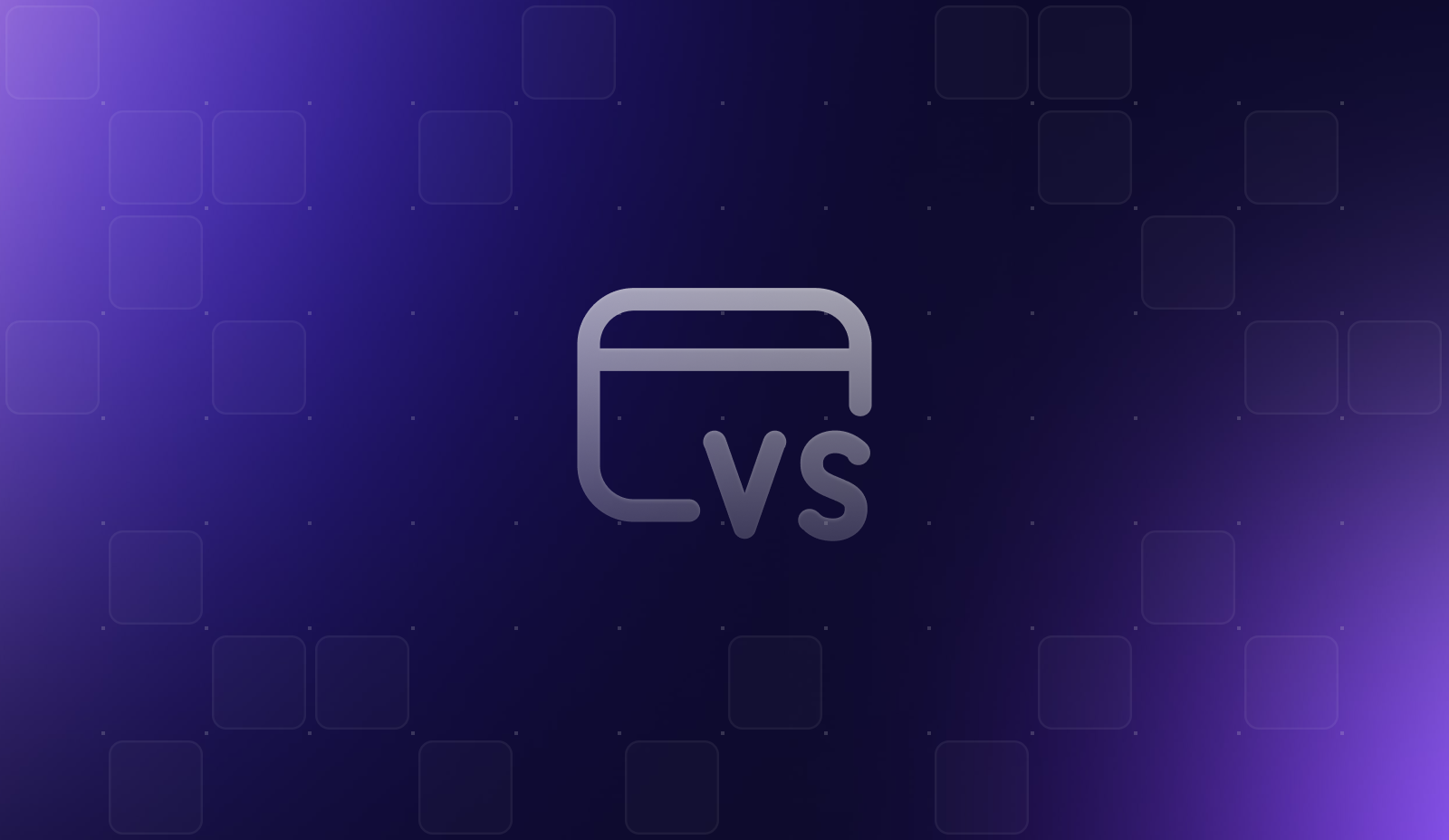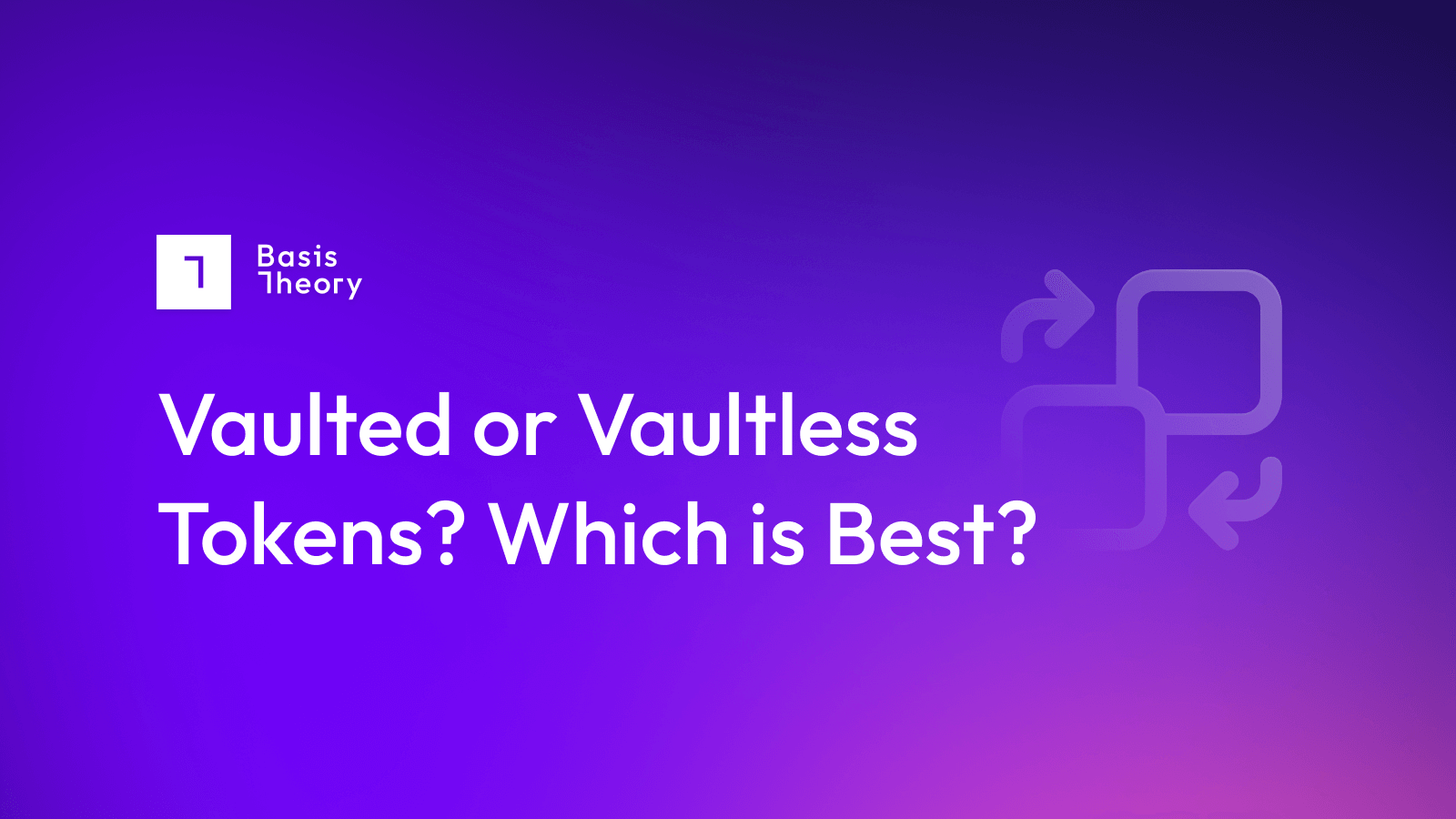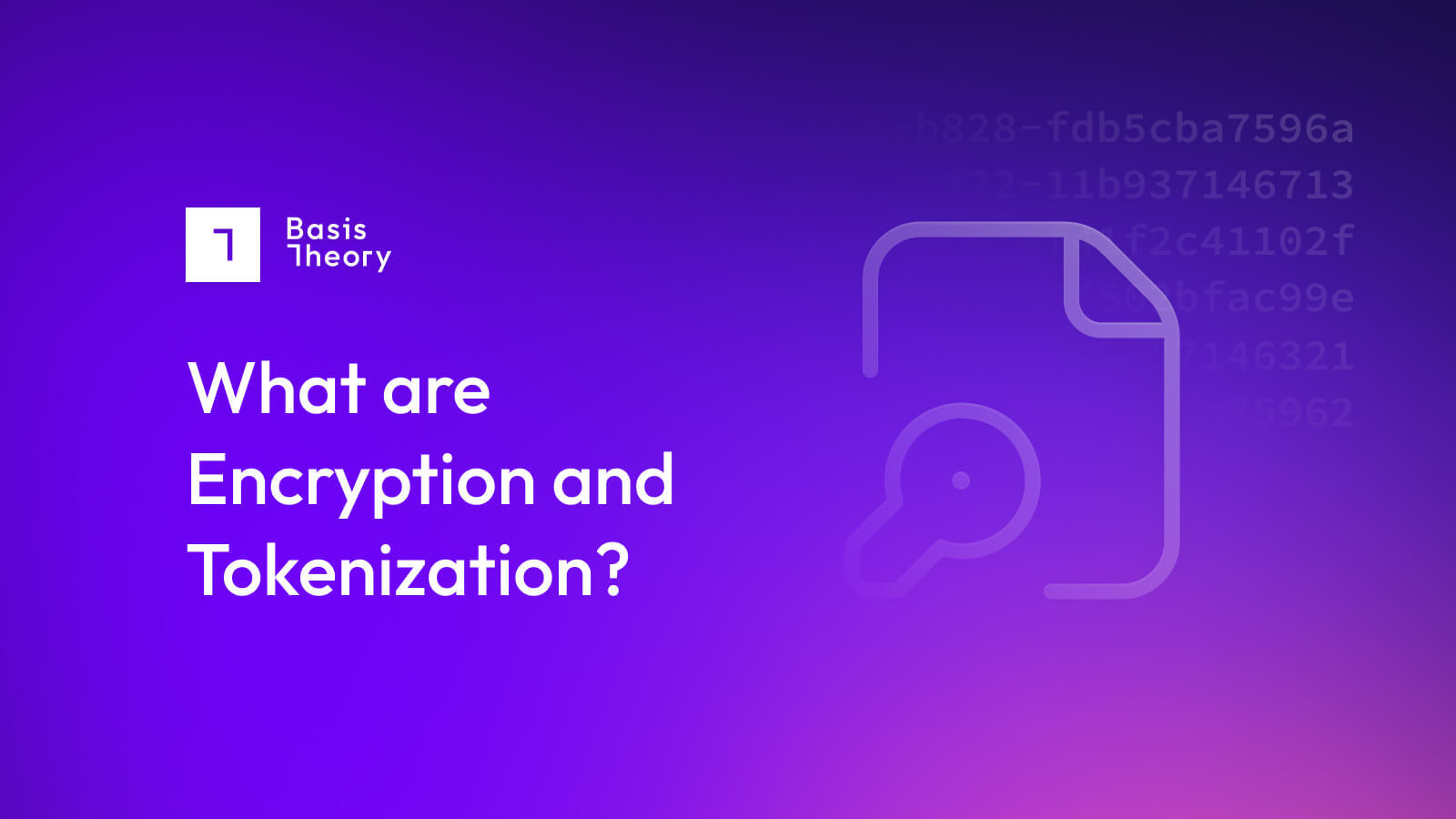AI Agents look like bots, but do so much more

The conversations around artificial intelligence (AI) have shifted since late 2022 when ChatGPT first became public. While the first breathless reactions were all about chatbots, and their ability to communicate as though they were human, the topic of the moment has moved to AI agents.
This transition has caused some confusion as we determine the difference between AI agents and bots.
What are AI agents?
An AI agent is a goal-oriented software process that uses AI to work for a human being. What makes them different from normal software is that AI systems do much of the reasoning autonomously on behalf of the human user, without needing specific instruction or input, to achieve the desired outcome.
AI agents can, when permitted, take action for the user. Without an AI agent, a user might:
- Use a traditional online search to find flights that meet their needs and budget.
- Navigate to the airline selling those flights and confirm what they want to buy.
- Enter their payment details and buy the ticket.
- Go to their email to view the confirmation.
- Create an entry in their calendar to remind them of the flight details.
By contrast, an AI agent would take the prompt, “Buy me nonstop round-trip tickets to London between November 5 and 13, at a maximum cost of $1,000, then add it to my calendar,” and attempt to achieve the goal of buying the tickets.
If the AI agent encounters trouble (maybe there are no nonstop flights within that price range), it would actively ask the user whether they’d prefer to add a stop, change their dates, pay a little more, or abandon the process.
All the AI agent needs is a clear prompt, and access to the user’s accounts.
When discussing AI agents, one needs to be aware of two quite different types of bot:
- Chatbot: Generally speaking a chatbot is an interface to an AI system, in which the user types in a conversation, as though they were speaking to a human operator.The chatbot is trained to answer questions, usually based on a finite amount of information that has been provided by its programmers.
- Bot: Generally considered to be self-sustaining computer programs that achieve specific ends on behalf of a human user. They gained significant infamy as ticket resellers used them to snap up tickets to popular live shows: because they don’t need to stop and think, or to type information into forms physically, they can move faster than people, and in their heyday could snap up all the available tickets before human competitors could move through the first couple of screens.
What is the difference between a chatbot and an AI agent?
A chatbot is little more than an intelligent-seeming interface to a pool of knowledge, trained to understand questions being asked by human users and retrieve information from connected systems. When you interact with a chatbot provided by a hotel chain, for instance, you can ask for room availability, pricing, and so forth, and the chatbot will retrieve information from the system.
In the majority of cases, that information was available to you through more traditional methods (searching, etc.), but the chatbot puts a more convenient and interactive spin on the process.
By contrast, an AI agent is intended to not just retrieve information, but to evaluate it for suitability relative to the user, and to undertake action on their behalf. An AI agent often includes a chatbot-like interface through which users can communicate, but the actions it takes on behalf of the user go way beyond asking and answering questions.
The agent does research, asks clarifying questions, proposes alternatives, and executes actual activities on the part of its user. It is at least partly autonomous (able to come up with alternative approaches to reach the ultimate stated goal), able to bring in other information (by searching databases, or the whole internet), and constantly learning (once the user expresses a preference, or dislike, for a particular outcome, the agent should add that to its decisioning process).
At the highest level, bots and AI agents share a lot in common: they are both programmed to achieve outcomes without (much) manual intervention by a human user. However, that’s where the similarities end. A bot is designed to execute a task, in a pre-scripted way, and to do it fast. If it runs into trouble, it can only navigate them if the original programmer thought to add a sub-routine to deal with the issue. Bots do not learn, but instead repeat the same process over and over until stopped. This doesn’t make it a non-valuable piece of tech, but rather one that is keenly tuned to doing a thing consistently, over time, to achieve a static goal.
By contrast, an AI agent is flexible in achieving a non-specific goal and is given the freedom to make decisions that help it achieve the most valuable outcome.
In practice, a bot might be told to go buy tickets to a specific show, within certain price constraints; by contrast, an AI Agent could be prompted to monitor the web for upcoming shows, evaluate ones that will have tickets with high resale value, and to book seats that have a high likelihood of delivering a certain amount of profit margin. It’s the ability to operate autonomously, and to use new information to learn and improve its results that makes an AI agent truly shine.
Why AI Agents Aren’t the Enemy
Anyone who uses the internet regularly is familiar with the CAPTCHA screen: a challenge to prove you’re a real person by performing some routine task, like clicking all the pictures in the grid that contain a traffic light. These are explicitly intended to prevent bots from overwhelming servers, from hogging all the tickets to a popular show, and to protect consumers from bad actors.
Given the CAPTCHA’s success in protecting websites and their proprietors, it’s hardly surprising that there has been some negative reaction to the realization that an AI agent can (pretty easily!) defeat it.
However, when used ethically, AI agents are not the enemy. One can easily imagine a consumer service that uses AI agents to book vacations (for instance, Mindtrip, which already exists!), making purchases through payment processes that use CAPTCHA to prevent distributed denial-of-service (DDOS) attacks.
In this case, the seller would want the AI agent to be successful, so its ability to do so is a positive. On the other hand, a sufficiently well-programmed AI DDOS might also be successful! Merchants must work to ensure new ways to protect against bots, even as they allow (possibly pre-approved) AI agents to ply their trade.
Merchants who rely on online payments should start planning now to accommodate AI agents, which may turn out to be the next big consumer opportunity. It will be critical to have complete control over the payment systems and trust in the data—with which those agents will interact.
This will include:
- Saving not only customers’ payment details, but also positively confirming that those customers are willing to let (possibly designated) agents use those details.
- Providing dedicated channels for AI agents to use to interact with the payment system - simply letting them enter through normal human-designed interfaces will not only be inefficient, but also open up attack vectors for hackers.
- Devising sophisticated security and decisioning agents that discern valid purchases, process them with the best available payment service providers (PSPs.)
- Creating newly-crafted terms of service that allow customers who have accidentally allowed AI agents to buy on their behalf to reverse purchases, but still protect against chargeback fraud.
Agentic AI: Not a question of if, but when?
This is not a trend.
While it’s always possible that generative AI will not turn out to be the world-changing technology so widely predicted, the revolution in how humans interact with computers is unequivocally here. Merchants need to be ready to provide clear ways for AI agents to transact legitimate deals on behalf of their users, and to strengthen their payment systems ready to let in a wave of artificial customers. Merchants that start today will thrive tomorrow.
This is anchored by a programmable payments vault that provides data you can trust—and access. Get your payments stack ready for AI agents.
.png?width=365&height=122&name=BTLogo%20(1).png)



